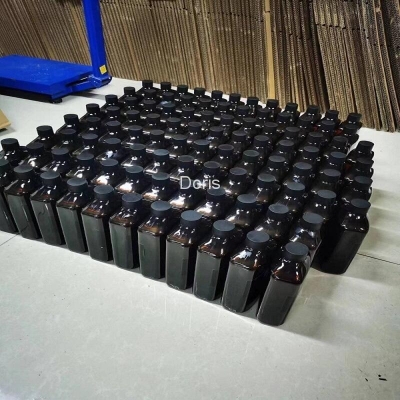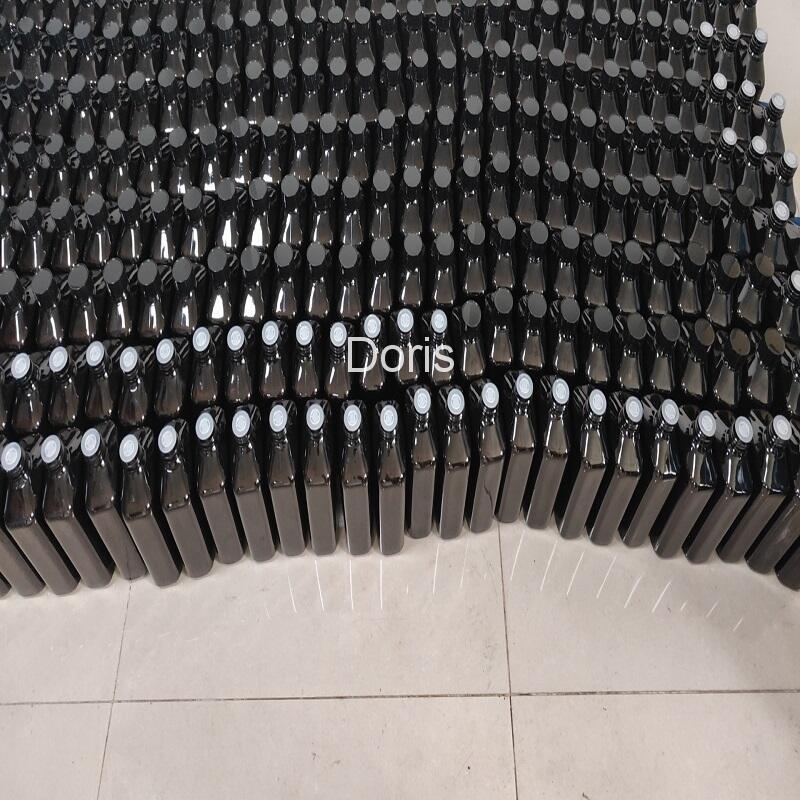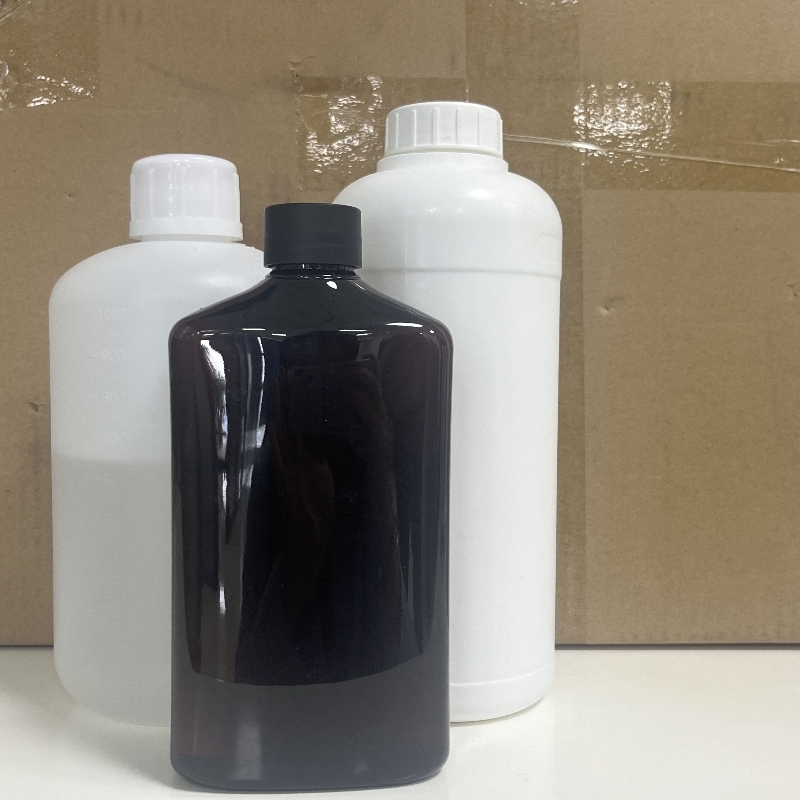What are the methods of disinfection treatment after water production of stainless steel ultrapure water equipment?
-
Last Update: 2020-07-30
-
Source: Internet
-
Author: User
Search more information of high quality chemicals, good prices and reliable suppliers, visit
www.echemi.com
What are the methods of disinfection treatment after water production of stainless steel ultrapure water equipment? In order to protect human health and prevent the spread of water-borne infectious diseases, it is necessary to control pathogenic microorganisms in water used for drinking water after ultra-pure water treatment of stainless steel.in principle, the water production of the two pure water treatment processes, thermal and membrane, basically does not contain microorganisms, but water may be secondaryly contaminated in the storage of ultrapure water or distribution of pipe networks.therefore, for safety reasons, whether it is heat or membrane production of ultrapure water, must be disinfected.general principle of post-treatment disinfection of ultrapure water is similar to the disinfection of drinking water.disinfection process refers to the inactivation of pathogenic microorganisms in water bodies to an acceptable level.pathogenic microorganisms in the human body mainly include germs, protozoa cystic sacs, viruses and so on. there are many methods of disinfection of water instainless steel ultrapure water equipment, which can be generally summarized as physical and chemical.physical disinfection is mainly the use of heating, ultraviolet radiation and other physical means to destroy the microbial body enzyme system or DNA for microbial inactivation.but because of the high cost, difficult operation, lack of continuous sterilization capacity and other reasons in the application has been limited.chemical method is a widely used disinfection method.it destroys the microbial cell wall and the enzyme system in the body by injecting chemicals into the water.the main characteristics of the ideal disinfectant needs to have the following: (1), not only high sterilization efficiency, but also has a continuous sterilization capacity.disinfectant sterilization is only efficient, in order to ensure that the use of limited conditions in a short period of time inactivated microorganisms.in addition, because many microorganisms have the ability to form spores or cystic sacs under environmentally unsuitable conditions, once the environment improves, they will germinate and reproduce again, so the continuous sterilization capacity of disinfectants is very important.stainless steel ultrapure water equipment (2), safe, do not produce toxic by-products.disinfectant seamounts for sterilization must not cause harm to human body, nor produce other toxic by-products.liquid chlorine disinfection economy, effective, easy to use, has a hundred years of application history.But since the 1970s, when it was discovered that contaminated water sources were chlorinated and disinfected, carcinogens were produced, and the evaluation of toxic by-products produced by disinfection has attracted widespread attention., although liquid chlorine is still a widely used disinfection method, other disinfection methods are also increasingly paid attention to.(3), easy to produce, easy storage and transportation, low cost.the disinfectants currently commonly used for drinking water disinfection are various forms of chlorine (e.g. liquid chlorine, sodium hypochlorite, etc.) because the efficiency of chlorine as a disinfectant is recognized, and the concentration of chlorine in the disinfection process in the desalination of the disinfection by-products produced by the disinfection of precursors is also low.other disinfectants such as chloramine or chlorine dioxide can be used as secondary disinfectants, while ozone or ultraviolet radiation can be used in combination with chloramine to control the regrowth of microorganisms under certain conditions.these processes are relatively expensive and the effect is not very good, but there is no residual effect..
This article is an English version of an article which is originally in the Chinese language on echemi.com and is provided for information purposes only.
This website makes no representation or warranty of any kind, either expressed or implied, as to the accuracy, completeness ownership or reliability of
the article or any translations thereof. If you have any concerns or complaints relating to the article, please send an email, providing a detailed
description of the concern or complaint, to
service@echemi.com. A staff member will contact you within 5 working days. Once verified, infringing content
will be removed immediately.







